From Rebate to Relief: FAQs on Rebate Under Section 87A, Surcharge Slabs & Marginal Relief
When your total income moves across tax thresholds, rebate and surcharge rules decide how much tax you actually pay.
These FAQs explain the latest rebate under Section 87A , surcharge & marginal relief provisions for individuals, HUFs, firms and companies — as per FY 2024-25 (AY 2025-26).
Want more resources. Please explore our resources FAQ Hub and Tools Hub.
Frequently Asked Questions-Rebate under Section 87A & Surcharge
Pro Tips
- Claim 87A rebate automatically — ensure your portal regime selection (old/new) is correct before filing.
- Cross ₹50L threshold? Use online calculator for marginal relief impact.
- Prefer new regime if your income exceeds ₹2 crore — capped surcharge may reduce effective tax.
- Always review Form 26AS/AIS — verify surcharge and rebate calculations match portal summary.
Quick Checklist Before Filing
1️⃣ Verify your total income after deductions.
2️⃣ Select correct tax regime (old/new) before filing.
3️⃣ Check if total income ≤ ₹5 lakh (old) or ≤ ₹12.75 lakh (new) → claim rebate.
4️⃣ Compute surcharge using official slabs.
5️⃣ Review marginal relief (auto-applied by utility).
Related Resources
- Computation of Tax — FAQs
- Salary — FAQs
- Deductions (Chapter VI-A)
- Advance Tax & Self-Assessment — FAQs
- Income Tax Calculator Tool

Pay Less, Stay Compliant – Your FAQs Guide to Rebate & Surcharge under Income Tax
Sources
- Frequently Asked Questions– CBDT Income Tax Official Website.
Disclaimer: These FAQs on Rebate, Surcharge & Marginal Relief are based on the Income-tax Act, 1961 and the Finance Act, 2025. They are for general guidance only and not professional advice. For personalized assistance, refer to the official Income Tax Department website or a qualified Chartered Accountant.
